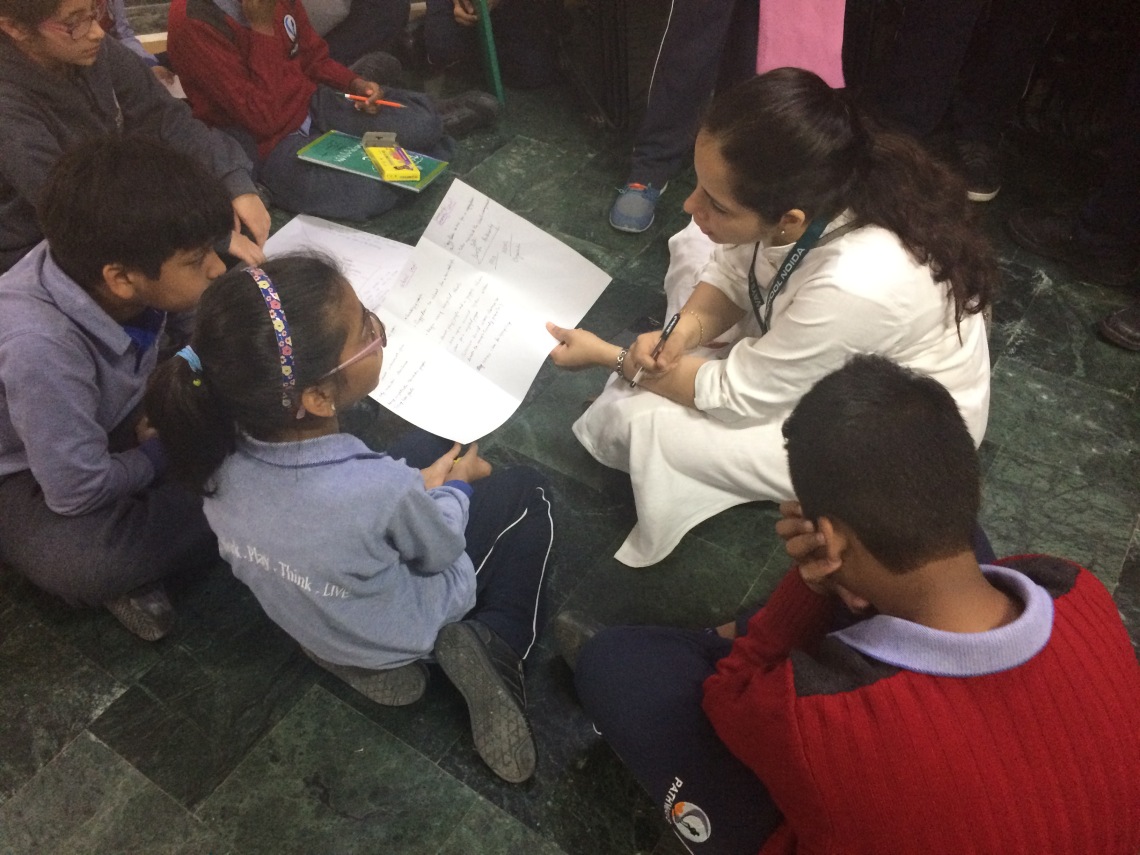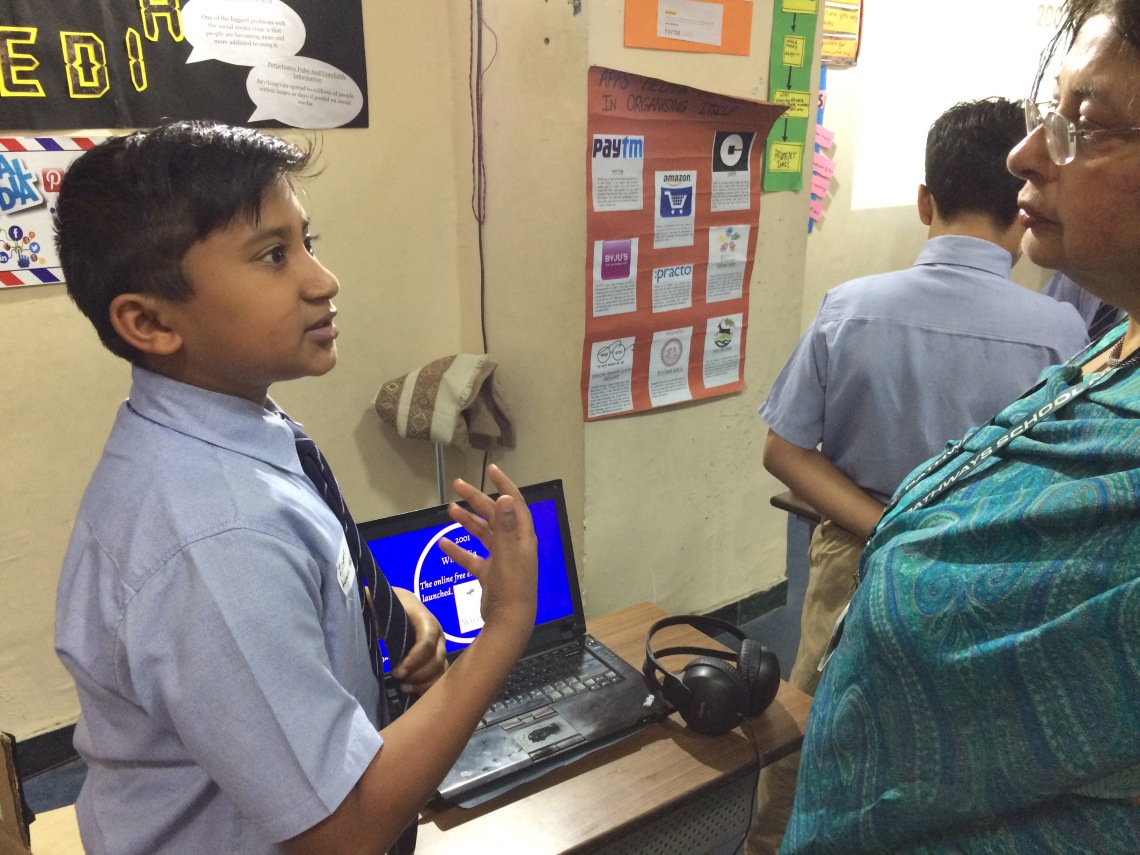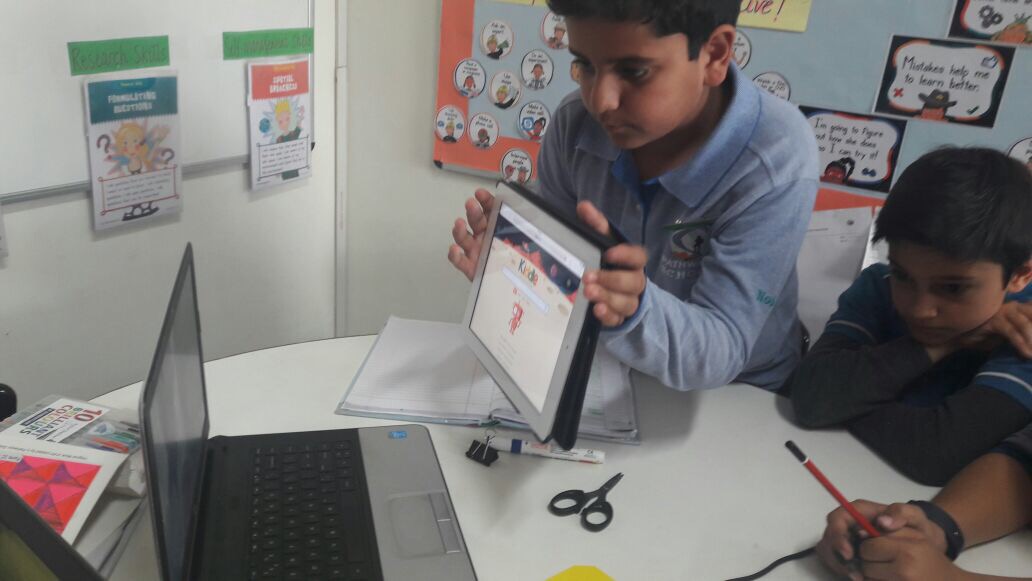In PYP, just like in life, it’s the journey which counts much more than the destination.
Reaching the destination is but a small event, amidst the ups and downs of the process of how it was attained. And of all the journeys of learning, the PYP Exhibition is, by far, the most important experience.
At our school, year 5 is involved in the ‘PYPEx’ and starts the process at the end of Yr4, when they are taken through the six trans-disciplinary themes with their descriptors. They guided through with what needs to be learnt under each theme before choosing one. Every student then votes for one them choosing the one which they want to work on the exhibition. So before even reaching year 5, their programme of inquiry has the theme identified for the PYPEx.

Although the actual work on the exhibition starts much later during those slotted eight weeks, the students are taken through periodic discussions through which they reach a common consensus regarding the big picture underlying their inquiry. They brainstorm the pros and cons of an idea against another and finally formulate the central idea collaboratively.
When the time comes to work on the exhibition, the students and teachers have together attained a clarity in terms of what is expected of the inquiry. The first few days are spent in identifying key interests of the students and what would they work on keeping the central idea as their pivot of learning. To quote an example from our recent exhibition where the central idea was ‘Human made systems help the community to organize itself’ we finally had our students divided into nine groups – education, healthcare, technology, e-commerce, NGOs, transport, religion, wildlife protection and waste management.
With such varied groups, we definitely needed more hands (and heads) apart from the classroom teachers. So, in came mentors and co-mentors from across the school who were responsible for each group, with the PYP Coordinator being the nucleus who kept everyone stringed together.
Then started the in-depth inquiries into the topics, where the first step was formulating concept questions for each of the eight key concepts. This exercise lead to a great amount of learning wherein every individual reached a new level of clarity as far as understanding the concepts was concerned. It was decided that while each group will work on all questions, but a few would remain the key concepts for their unit. And from these emerged the lines of inquiry.

Having done that, came the longest and most substantial part of the journey where all the groups put their heads together to work on going deeper into their topics. The inquiry was embroidered with threads of in-depth research, surveys and data analysis, trips to varied places, virtual interactions through Skype; the list seems endless. It was literally like playing a game of ‘Snakes and Ladders’ where one day you are confident that you know the way and the very next moment you are groping in the dark as to what next! Amongst students too, there were extremes where we witnessed super-charged ones who wanted to take initiative and act upon it immediately, while there were some ‘push-carts’ who didn’t budge until pushed hard into the inquiry.
There were some serious actions which emerged out of the inquiry. To list a few :-
- The NGO group got themselves 400 free cups of Maggi noodles from the MD of Nestle, India which they sold in school to raise funds for an animal welfare.
- The technology group working on EdTech, held training sessions for our teachers where they educated them about two Microsoft tools – Sway and One Note.
- The E-commerce group started their own website where they successfully sold items crafted by them.
On the final day, we all ended up being satiated and overwhelmed with the amount of thought and action our ten year olds were capable of. All they need is the right support at the right time. As a mentor myself, I learnt a great deal about the whole idea of how to lead and take an inquiry forward. It was quite an experience, so much so, that it’s been a couple of months now that our exhibition is over, but I am still able to pen down the process so vividly; as if it happened just yesterday. The richness of experiences is what makes the Primary Years Programme a beautiful framework for this age group where the adults too continue learning and growing with their students.
Author bio: Sana Noor is a technology integration specialist in the primary school at Pathways School Noida in Delhi, India. This is her seventh year in the IB PYP curriculum, and fifteenth in teaching. She enjoys watching the sparkle of joy in her students’ eyes when they learn something new. Technology excites her and she’s passionate about integrating it with classroom learning. She is an active ‘tweacher’ who believes in building a strong virtual PLN, and tweets from @sansanananana



Reblogged this on In-TECH-gration and commented:
My guest post for Neil Jarrett
LikeLiked by 1 person
I love that the four graders get to choose the unit they will explore with Exhibition before they even enter fifth grade. A great way to get them excited and invested in their learning.
LikeLiked by 1 person